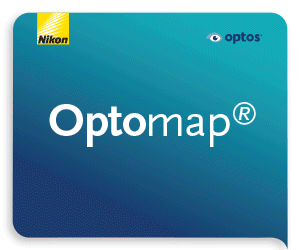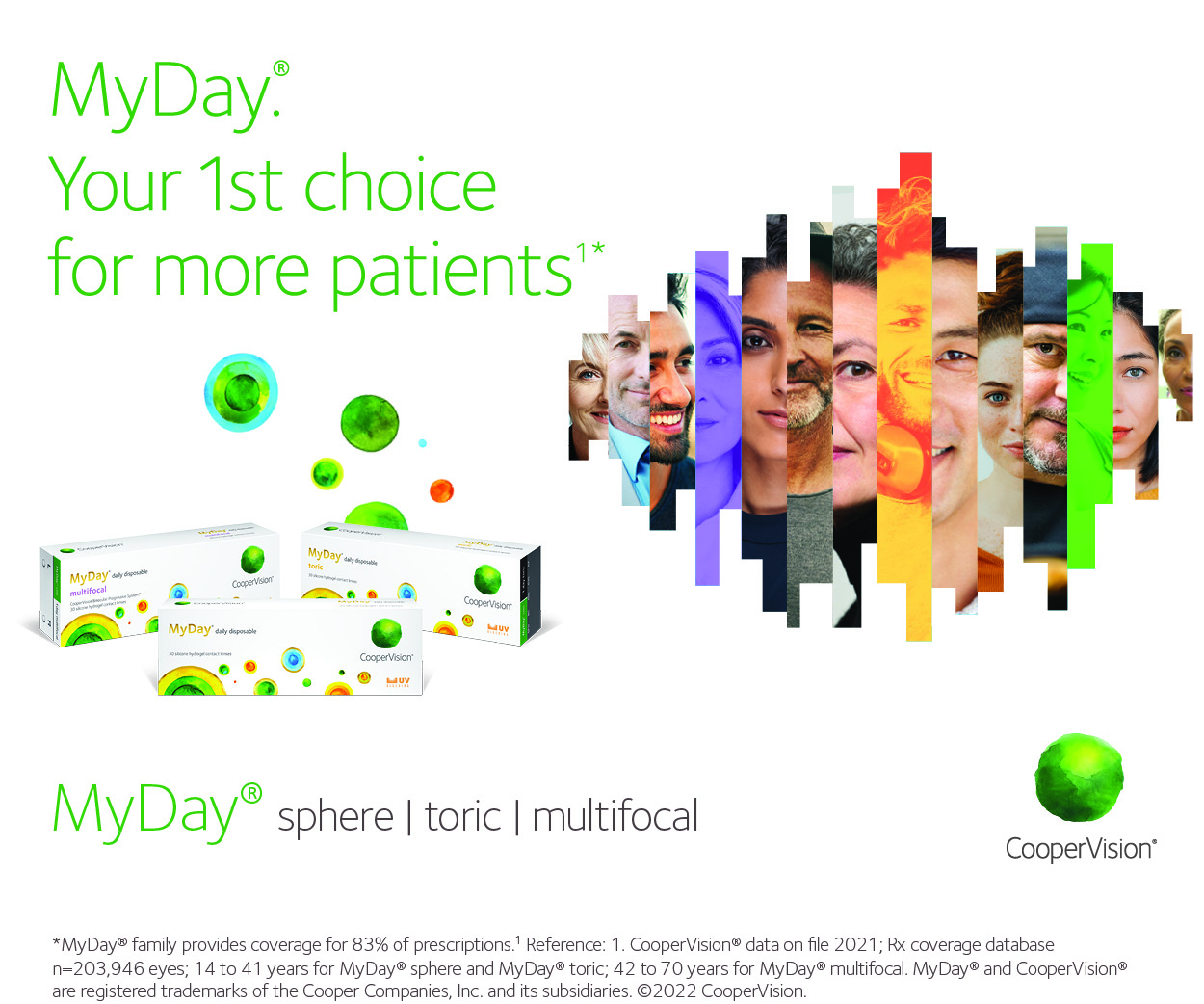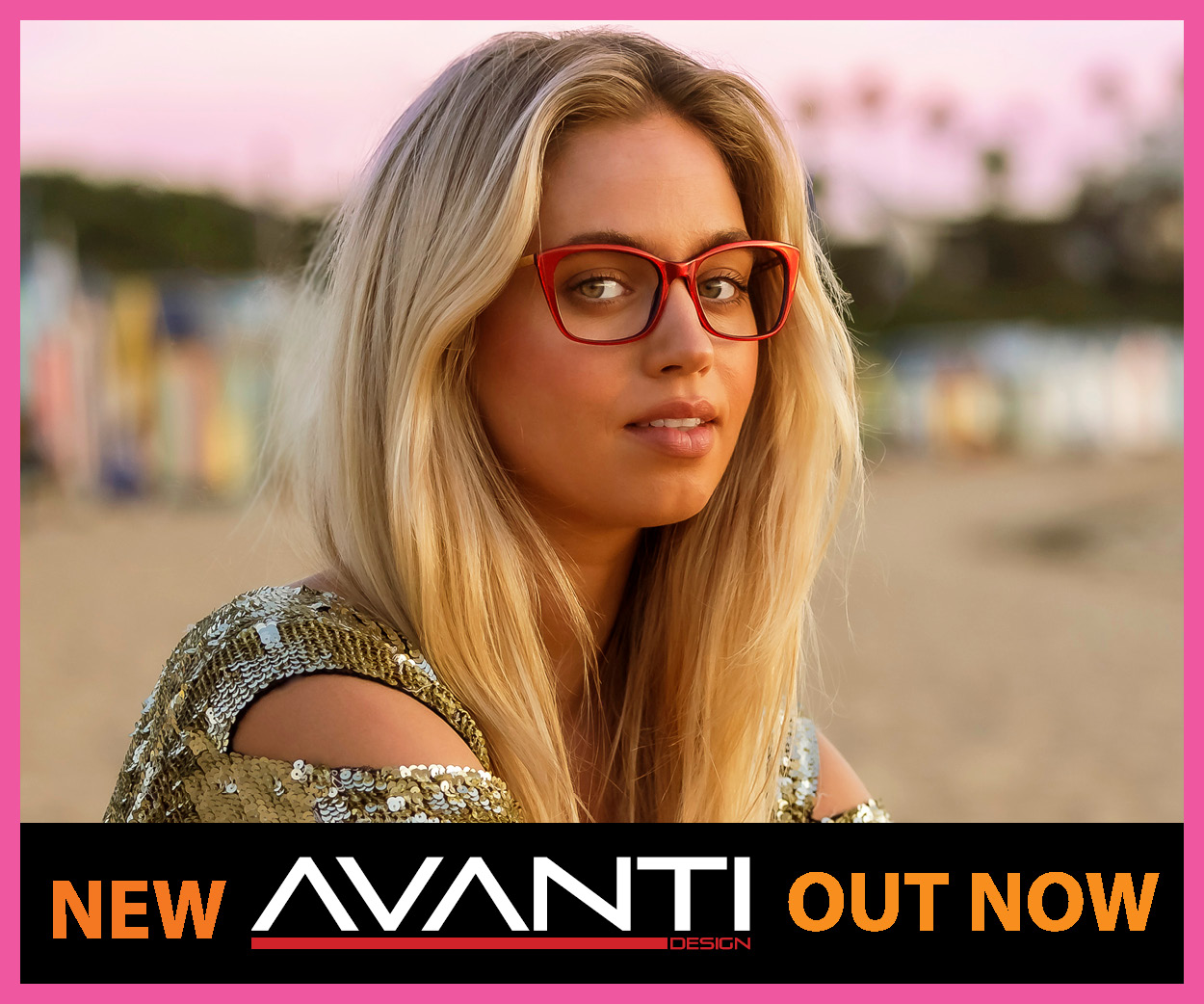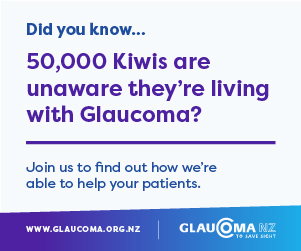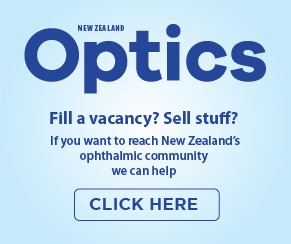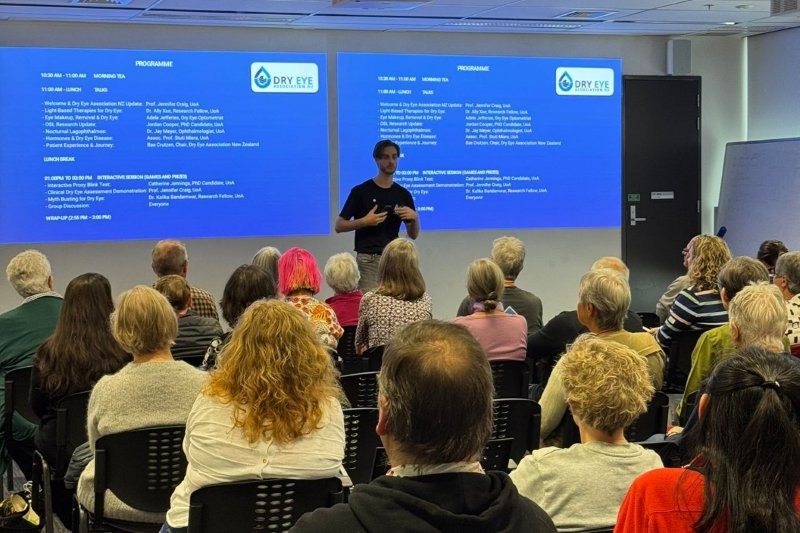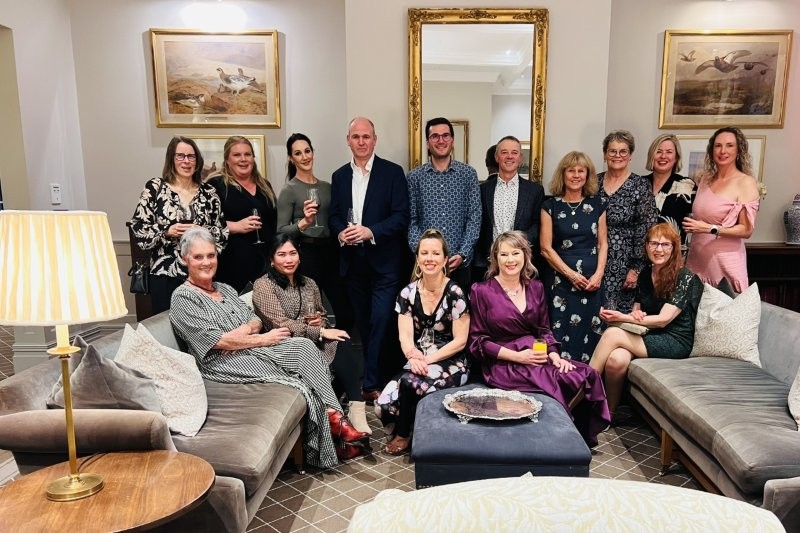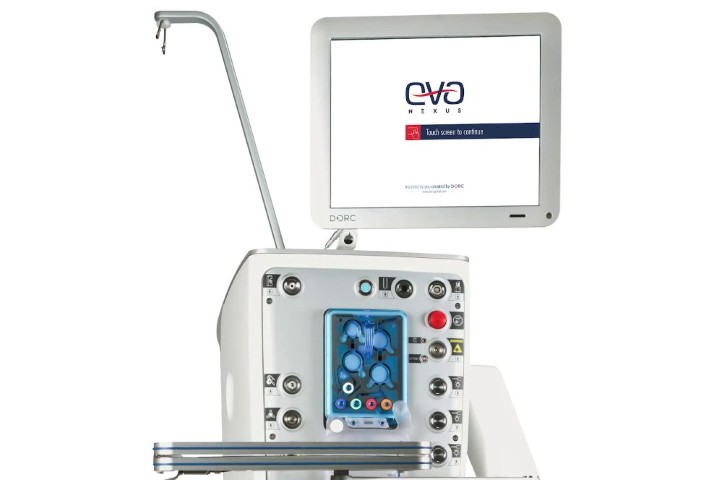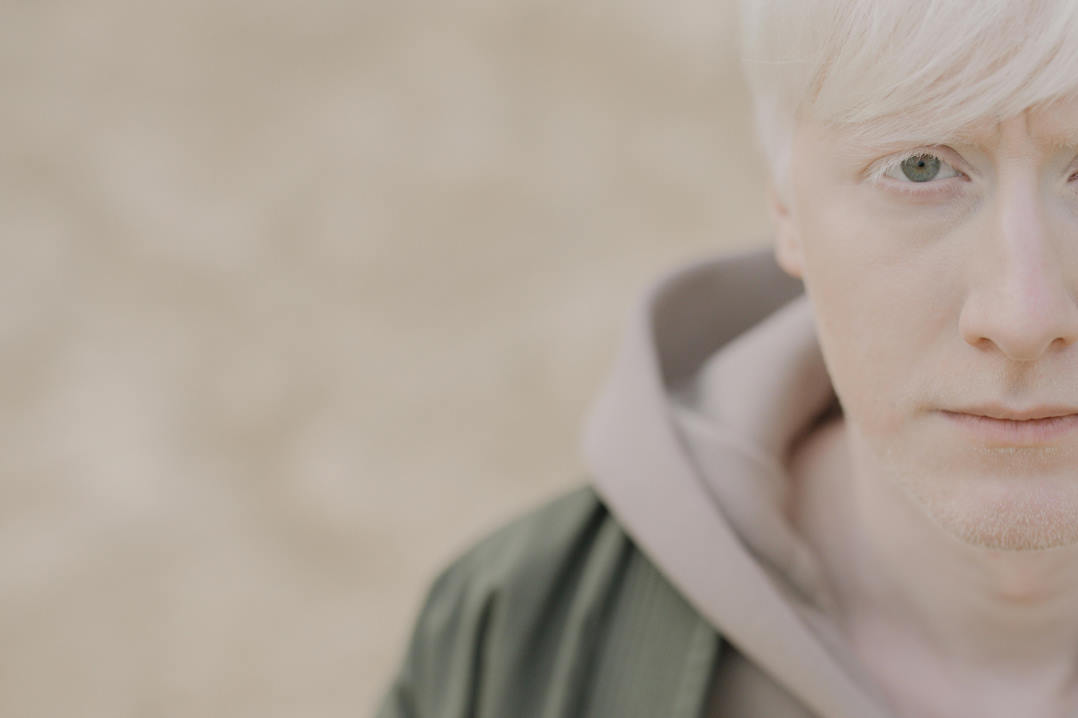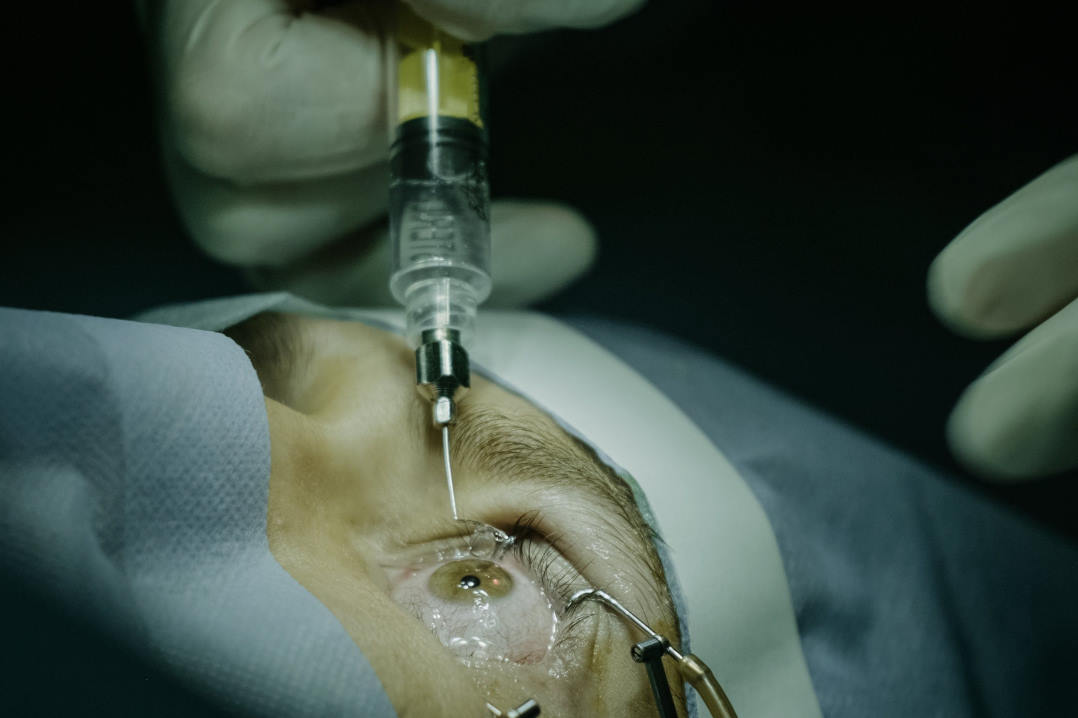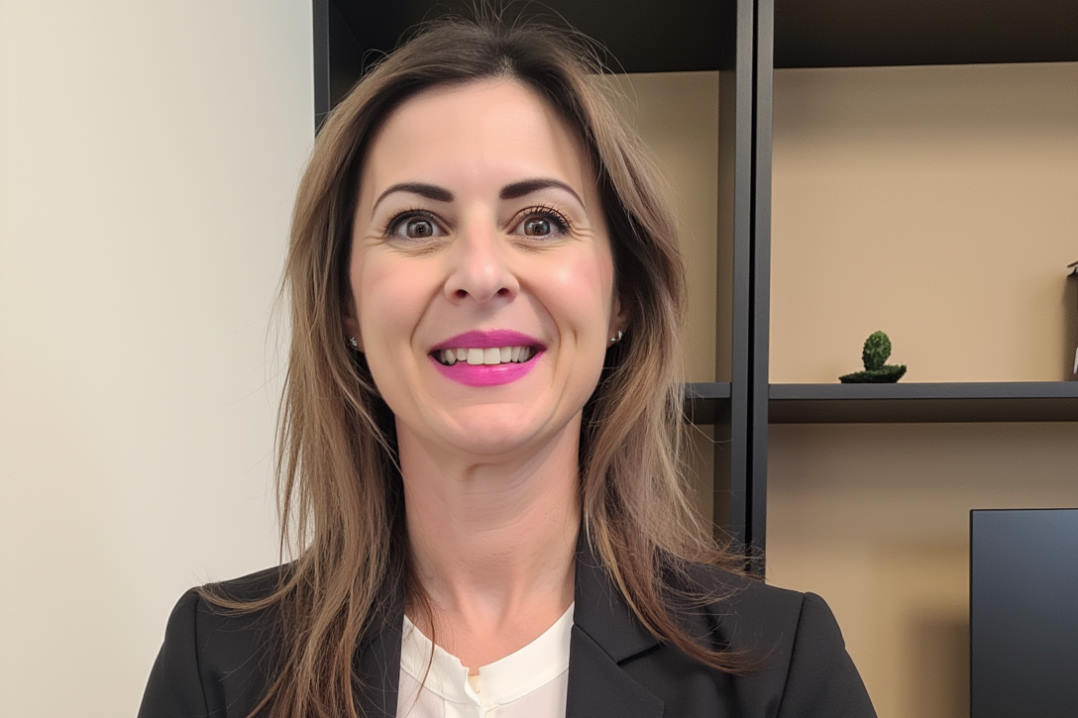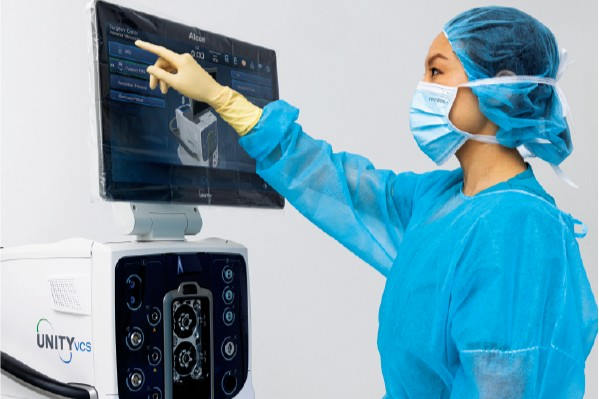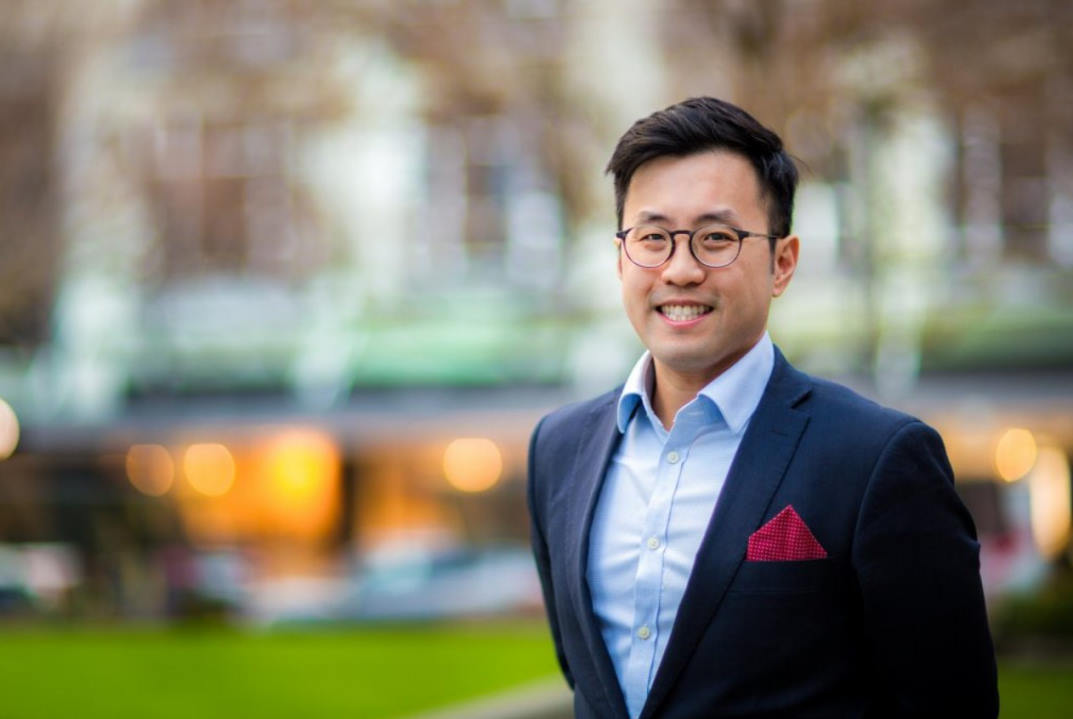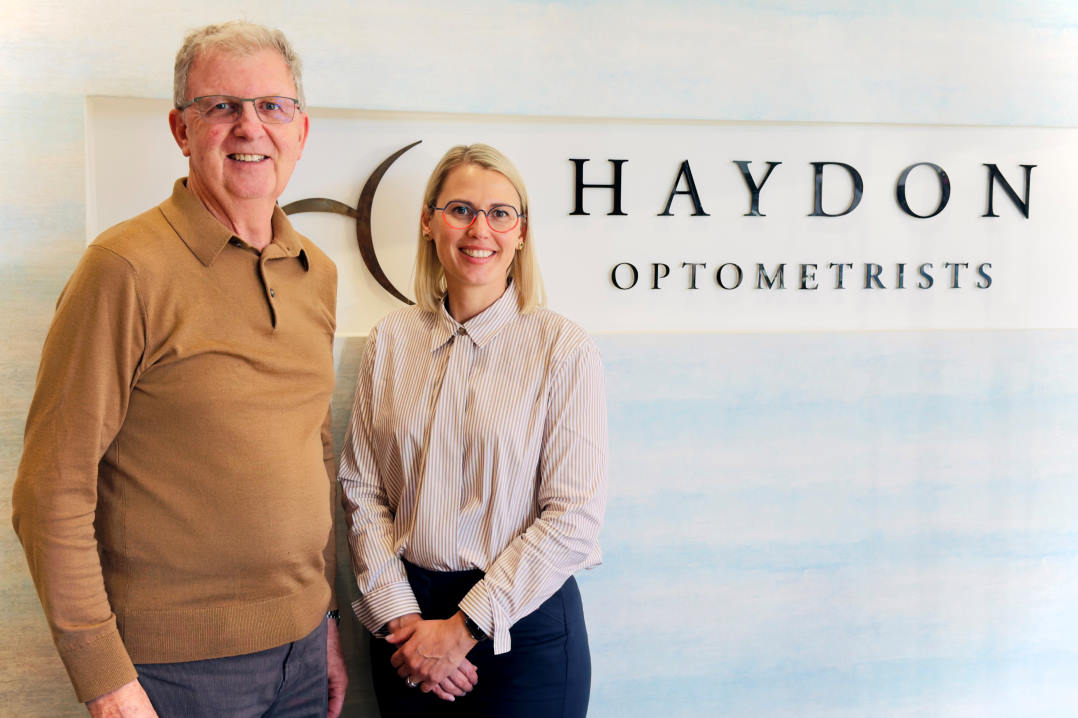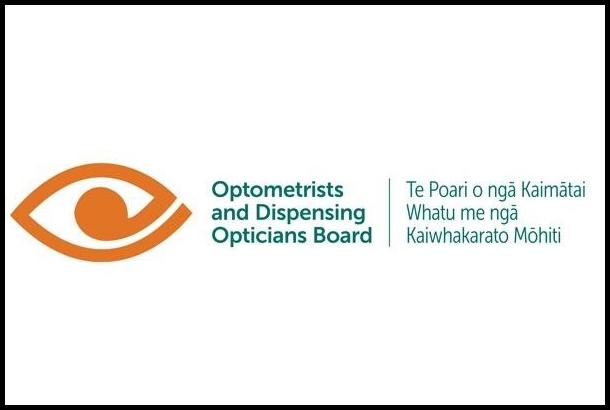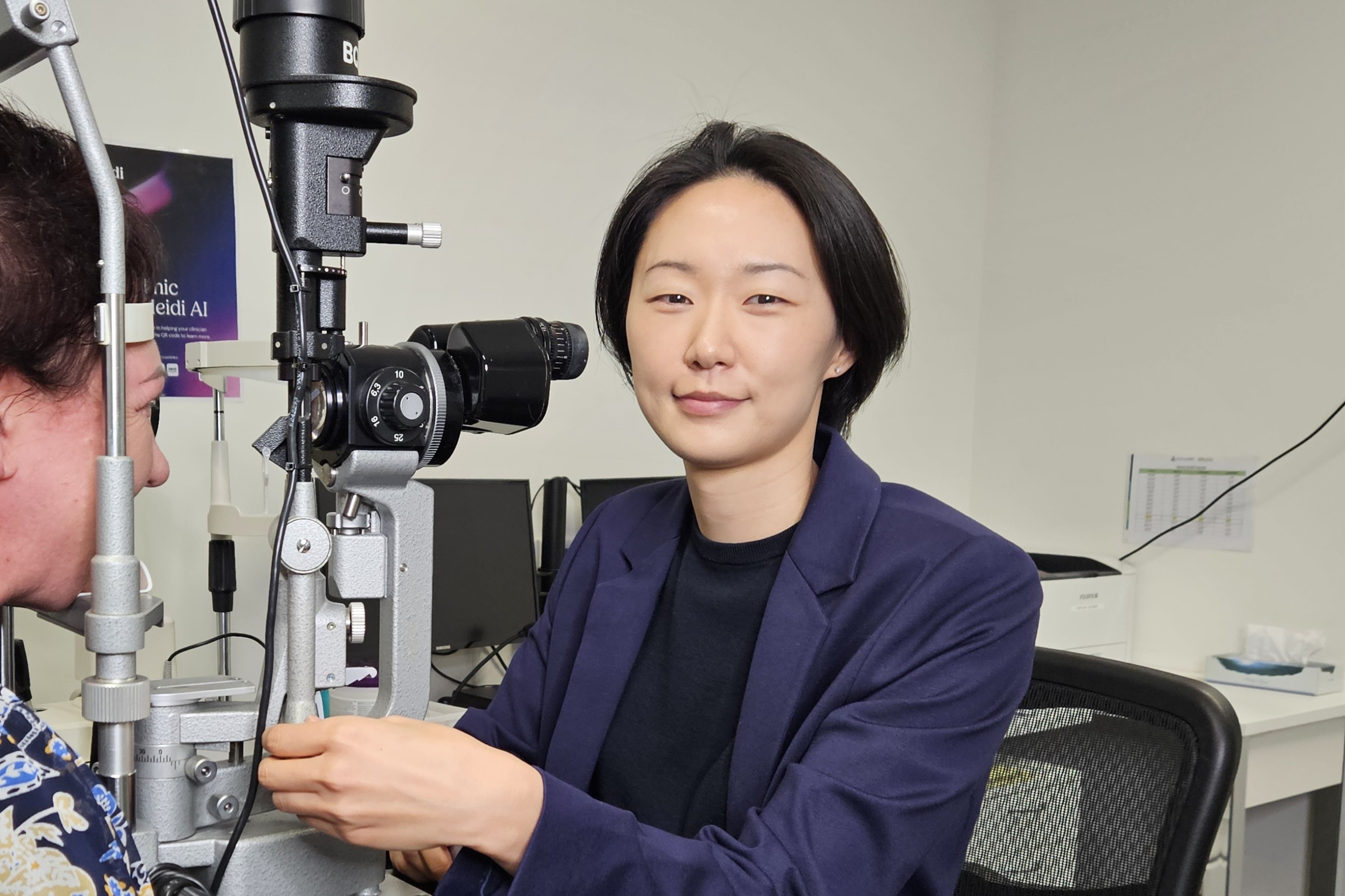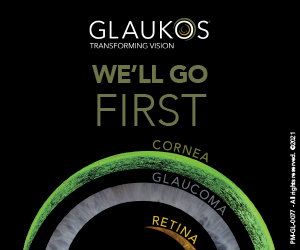Putting patients first: DEANZ 2025
For the people living with dry eye and their supporters who gathered on a chilly autumn morning in Auckland at the Dry Eye Association NZ’s (DEANZ) second public education and networking meeting, it was more than just an event – it was a chance to be seen and heard.
The day drew a full house, with many attendees being people with chronic dry eye, who came ready to learn but also to share their stories. Held on 18 May in the foyer of the Faculty of Medical and Health Sciences at the University of Auckland (UoA), the event created a warm and welcoming space for patients to come together and feel understood by eye care professionals (ECPs).
One of the most impactful parts of the day was the small-group discussion sessions. In these conversations, patients spoke candidly about their experiences and frustrations with dry eye management – from the constant discomfort to the emotional strain of a poorly understood condition. Even DEANZ’ chair Bas Crutzen spoke about his own journey with dry eye.
Many reflected on the early stages of their dry eye experiences, highlighting a lack of awareness about available resources, including specialists, support groups and effective treatment options. Recurring challenges included insufficient public funding for treatments, a need for better directories to help patients find appropriate care providers, insufficient sharing of optometry expertise with other health professionals (eg. GPs and pharmacists) and poor access to services in rural communities.
These conversations serve as a real reminder of the importance of public involvement across clinical care, education and research, offering invaluable insights that help ECPs and researchers build more inclusive, effective and equitable systems. This patient-driven perspective is central to DEANZ’s mission: to improve the lives of people with dry eye disease through education and increased awareness.
Alongside the patient discussions, the day featured informative talks from leading researchers and clinicians. Topics ranged from the impact of cosmetics on the ocular surface to light-based therapies and the hormonal influences on dry eye, nocturnal lagophthalmos and the latest research updates from the UoA’s Ocular Surface Lab (OSL).

Prof Jennifer Craig with speakers: Bas Crutzen (chair, DEANZ), Adele Jefferies, Dr Jay Meyer, A/Prof Stuti Misra, Jordan Cooper
During lunch and networking sessions, kindly sponsored by Re:Vision, attendees connected over shared experiences, browsed sponsor exhibits from Bausch + Lomb and BioRevive, and explored ongoing studies at the OSL.
PhD candidate Catherine Jennings led a fun, interactive proxy blink test activity for tear film breakup, with participants competing for prizes donated by Re:Vision. Dr Kalika Bandamwar’s myth-busting session tackled common misconceptions about dry eye, keeping the mood light and engaging, while Professor Jennifer Craig, head of OSL, conducted a live ocular surface examination.

Team Dry Eye Association NZ T-shirts, courtesy of Re:Vision
Wrapping up the day, Prof Craig asked, “Would you like us to organise a similar event in the future?”. The room erupted in a unanimous and enthusiastic “YES!”, soundly confirming that ECPs and patients alike desire spaces to connect, share and push for better care.
DEANZ, supported by the US-based Dry Eye Foundation and originally developed in the UK by Professor James Wolffsohn and his team at Aston University’s School of Optometry, provides accessible, patient-friendly information on dry eye disease that ECPs can share with their clients. For example, its website offers guidance on lid hygiene, warm compresses and other treatment tips, as well as links to local support groups via Facebook and Instagram.

Dr Ally Xue is a therapeutic optometrist and postdoctoral research fellow at the University of Auckland’s Ocular Surface Laboratory (OSL), with a special interest in light-based therapies for dry eye.

Dr Kalika Bandamwar is a postdoctoral research fellow in the OSL, with a special interest in contact lenses and seeking ways to improve comfortable wear.




